Reebok 2014 Annual Report Download - page 167
Download and view the complete annual report
Please find page 167 of the 2014 Reebok annual report below. You can navigate through the pages in the report by either clicking on the pages listed below, or by using the keyword search tool below to find specific information within the annual report.-
 1
1 -
 2
2 -
 3
3 -
 4
4 -
 5
5 -
 6
6 -
 7
7 -
 8
8 -
 9
9 -
 10
10 -
 11
11 -
 12
12 -
 13
13 -
 14
14 -
 15
15 -
 16
16 -
 17
17 -
 18
18 -
 19
19 -
 20
20 -
 21
21 -
 22
22 -
 23
23 -
 24
24 -
 25
25 -
 26
26 -
 27
27 -
 28
28 -
 29
29 -
 30
30 -
 31
31 -
 32
32 -
 33
33 -
 34
34 -
 35
35 -
 36
36 -
 37
37 -
 38
38 -
 39
39 -
 40
40 -
 41
41 -
 42
42 -
 43
43 -
 44
44 -
 45
45 -
 46
46 -
 47
47 -
 48
48 -
 49
49 -
 50
50 -
 51
51 -
 52
52 -
 53
53 -
 54
54 -
 55
55 -
 56
56 -
 57
57 -
 58
58 -
 59
59 -
 60
60 -
 61
61 -
 62
62 -
 63
63 -
 64
64 -
 65
65 -
 66
66 -
 67
67 -
 68
68 -
 69
69 -
 70
70 -
 71
71 -
 72
72 -
 73
73 -
 74
74 -
 75
75 -
 76
76 -
 77
77 -
 78
78 -
 79
79 -
 80
80 -
 81
81 -
 82
82 -
 83
83 -
 84
84 -
 85
85 -
 86
86 -
 87
87 -
 88
88 -
 89
89 -
 90
90 -
 91
91 -
 92
92 -
 93
93 -
 94
94 -
 95
95 -
 96
96 -
 97
97 -
 98
98 -
 99
99 -
 100
100 -
 101
101 -
 102
102 -
 103
103 -
 104
104 -
 105
105 -
 106
106 -
 107
107 -
 108
108 -
 109
109 -
 110
110 -
 111
111 -
 112
112 -
 113
113 -
 114
114 -
 115
115 -
 116
116 -
 117
117 -
 118
118 -
 119
119 -
 120
120 -
 121
121 -
 122
122 -
 123
123 -
 124
124 -
 125
125 -
 126
126 -
 127
127 -
 128
128 -
 129
129 -
 130
130 -
 131
131 -
 132
132 -
 133
133 -
 134
134 -
 135
135 -
 136
136 -
 137
137 -
 138
138 -
 139
139 -
 140
140 -
 141
141 -
 142
142 -
 143
143 -
 144
144 -
 145
145 -
 146
146 -
 147
147 -
 148
148 -
 149
149 -
 150
150 -
 151
151 -
 152
152 -
 153
153 -
 154
154 -
 155
155 -
 156
156 -
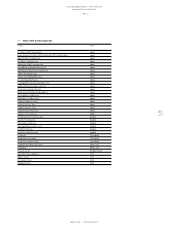 157
157 -
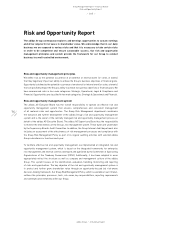 158
158 -
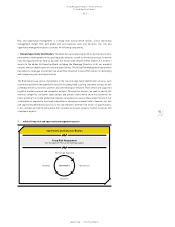 159
159 -
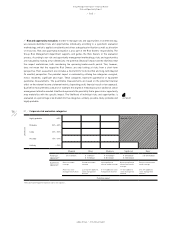 160
160 -
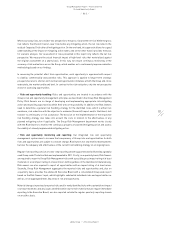 161
161 -
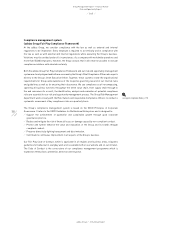 162
162 -
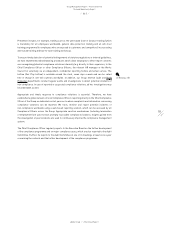 163
163 -
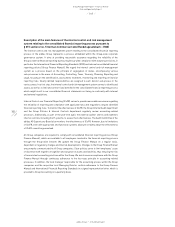 164
164 -
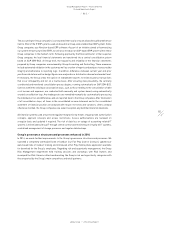 165
165 -
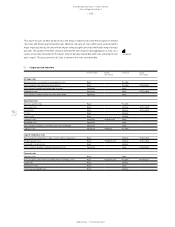 166
166 -
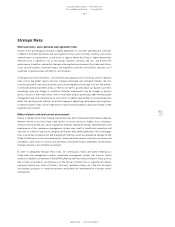 167
167 -
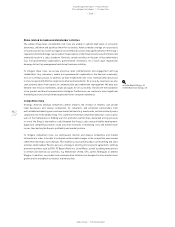 168
168 -
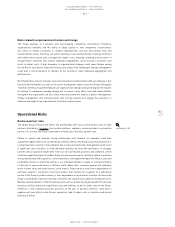 169
169 -
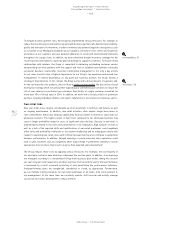 170
170 -
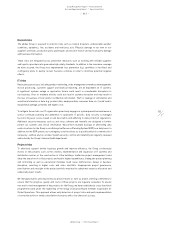 171
171 -
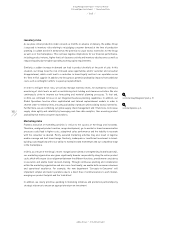 172
172 -
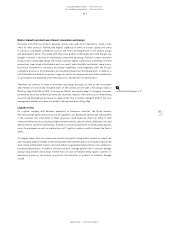 173
173 -
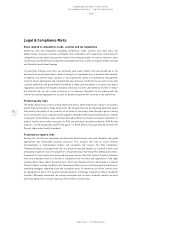 174
174 -
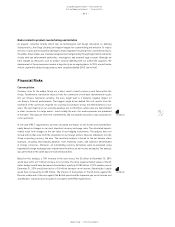 175
175 -
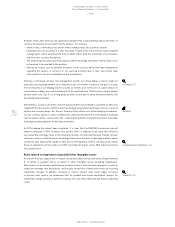 176
176 -
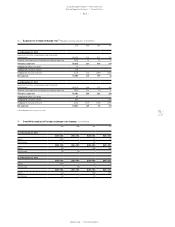 177
177 -
 178
178 -
 179
179 -
 180
180 -
 181
181 -
 182
182 -
 183
183 -
 184
184 -
 185
185 -
 186
186 -
 187
187 -
 188
188 -
 189
189 -
 190
190 -
 191
191 -
 192
192 -
 193
193 -
 194
194 -
 195
195 -
 196
196 -
 197
197 -
 198
198 -
 199
199 -
 200
200 -
 201
201 -
 202
202 -
 203
203 -
 204
204 -
 205
205 -
 206
206 -
 207
207 -
 208
208 -
 209
209 -
 210
210 -
 211
211 -
 212
212 -
 213
213 -
 214
214 -
 215
215 -
 216
216 -
 217
217 -
 218
218 -
 219
219 -
 220
220 -
 221
221 -
 222
222 -
 223
223 -
 224
224 -
 225
225 -
 226
226 -
 227
227 -
 228
228 -
 229
229 -
 230
230 -
 231
231 -
 232
232 -
 233
233 -
 234
234 -
 235
235 -
 236
236 -
 237
237 -
 238
238 -
 239
239 -
 240
240 -
 241
241 -
 242
242 -
 243
243 -
 244
244 -
 245
245 -
 246
246 -
 247
247 -
 248
248 -
 249
249 -
 250
250 -
 251
251 -
 252
252 -
 253
253 -
 254
254 -
 255
255 -
 256
256 -
 257
257 -
 258
258 -
 259
259 -
 260
260 -
 261
261 -
 262
262 -
 263
263 -
 264
264 -
 265
265 -
 266
266 -
 267
267 -
 268
268
 |
 |

Group Management Report – Financial Review
163
2014
/
03.5
/
adidas Group
/
2014 Annual Report
Risk and Opportunity Report
/
Strategic Risks
Strategic Risks
Macroeconomic, socio-political and regulatory risks
Growth in the sporting goods industry is highly dependent on consumer spending and consumer
confidence. Economic downturns and socio-political factors such as military conflicts, civil unrest,
nationalisation or expropriation, in particular in regions where the Group is highly represented,
therefore pose a significant risk to the Group’s business activities and top- and bottom-line
performance. In addition, substantial changes in the regulatory environment (e.g. trade restrictions,
social security systems, minimum wages, tax legislation, economic and political sanctions, etc.)
could lead to potential sales shortfalls or cost increases.
To mitigate these macroeconomic, socio-political and regulatory risks, the Group strives to balance
sales across key global regions and also between developed and emerging markets. We also
continuously monitor the macroeconomic, political and regulatory landscape in all our key markets
to anticipate potential problem areas, so that we are able to quickly adjust our business activities
accordingly upon any change in conditions. Potential adjustments may be changes in product
prices, closures of own-retail stores, more conservative product purchasing, tight working capital
management and an increased focus on cost control. In addition, by building on our leading position
within the sporting goods industry, we actively engage in supporting policymakers and regulators
to liberalise global trade, curtail trade barriers and proactively adapt to significant changes in the
regulatory environment.
Risks related to risk and control environment
Failure to identify and actively manage substantial risks and to implement and maintain adequate
internal controls across the Group could result in incorrect decisions, higher costs, compliance
violation and fraud and also cause reputational damage. Inadequate design, implementation and
maintenance of the compliance management system may result in insufficient prevention and
detection of, as well as response to, compliance violations and unethical behaviour. This could trigger
fines or penalties, increased cost and management liability as well as reputational damage for the
Group. Furthermore, a lack of documentation, training and enforcement of policies, processes and
procedures could result in a lack of risk awareness among the Group’s employees and facilitates
improper behaviour and compliance violations.
In order to adequately manage these risks, we continuously review and further develop our
Group-wide risk management system, compliance management system and internal control
network. In addition, we maintain a Global Policy Manual that illustrates all relevant Group policies
and is freely accessible to all employees via the Group’s intranet. This is supported by regular
employee training (e.g. Code of Conduct, anti-trust, workplace safety, etc.). We also document
key business processes to create transparency and enable the implementation of proper control
mechanisms.
